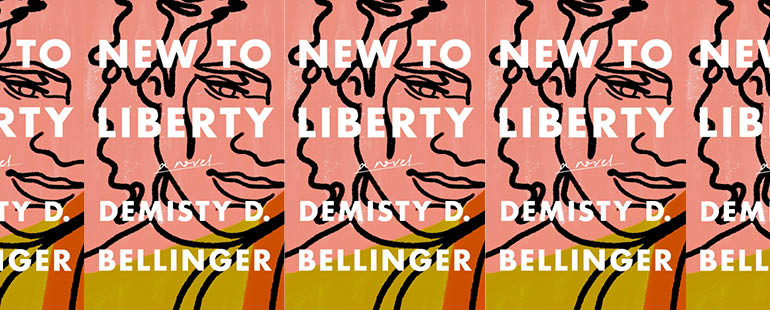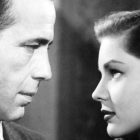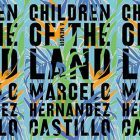A Layered History in DeMisty D. Bellinger’s New to Liberty

New to Liberty
DeMisty D. Bellinger
The Unnamed Press | April 19, 2022
James Baldwin said, “We carry our history with us. We are our history.” But what about others’ history? Are we others’ histories too? DeMisty D. Bellinger’s stunning debut novel, New to Liberty, examines these questions, showing how someone else’s past indeed informs our present.
The novel is structured with three stories set in three different decades, opening in 1966 with Sissily, a nineteen-year-old en route to California with a much older man, the journey marked by a stop in Kansas to see his widowed mother. Between Sissily’s age (comparable to the man’s daughter) and appearance, it’s a painfully uncomfortable visit: “She studied my face. ‘Indian? Negro in you?’ I had nothing to tell her.” As Sissily avoids the mother’s continued comments about her hair and skin, her memories of leaving home rise to the surface, showing how she fell into a dire situation with this older man.
Similar themes are built upon in Part Two, which is set in 1947 and features seventeen-year-old Nella, whose family has relocated from a Black, middle-class suburb of Milwaukee to a very small, predominantly white Kansas town. Nella strikes up a secret relationship with an older white mechanic known as Lucky. The couple can only meet in Lucky’s garage, though sometimes Nella pushes Lucky in his wheelchair and pretends to be his nurse. But when a group of racist men don’t buy the “Nurse Nella” act, violence shatters the relationship. The violence is intense, but Bellinger utilizes a narrative technique of telling what will happen before it does. The explicit foreshadowing prepares the reader for the horrors ahead without lessening the incident’s impact.
In the final section, however, New to Liberty breaks away from feeling like a triptych and declares itself a novel. Earlier plotting becomes apparent and details can be pieced together, such as how much older the men were in the earlier sections. Part Three is narrated by Lucky’s sister, Greta, in 1933 at the height of the Dust Bowl and Great Depression. Greta falls in love with an older woman from a neighboring farm—a character whom readers met in an earlier section—and it’s clear how this secret affair had a ripple effect in the earlier sections of the novel.
Despite the great differences between these three unforgettable women, we find them all involved in relationships with someone older, sometimes significantly so. Both Nella and Sissily repeatedly ask just how old their boyfriend is and neither receives an answer. Perhaps the men withhold this information to assert their power—the power dynamics of a young woman and an older man are recognizable. The age gap is less remarkable with Greta and her lover, likely in part because the two women are arguably on more equal footing, at least some of the time. And through the imbalance of power in these relationships, these young women’s yearning and desire for love, respect, and equality are all the more evident.
One way the novel explores this imbalance is through its motif of jackrabbits throughout the novel. Sissily sees three on the drive, and when she later mentions them to the man’s mother, she’s shown old photographs with “rows and rows of dead rabbits,” and learns during the Dust Bowl, there were thousands of rabbits eating the few crops growing, so people—including Sissily’s boyfriend—killed them as an act of self-preservation. In Part Two, Lucky reveals why he is in a wheelchair, which has to do with this rabbit roundup, which we see happen directly in Part Three, through Greta’s eyes. The jackrabbits are arguably symbolic—they are soft and innocent yet brutalized—but we see them alive, even thriving, at the beginning of the novel, which with the reverse engineering, is, in a sense, the end. Despite the violence that the rabbits endure, they will survive, though not as individuals.
The rabbit imagery is just one example of the novel’s unsurprisingly poetic nature—Bellinger is a poet and the author of the chapbook Rubbing Elbows and the collection Peculiar Heritage. But in addition to the lyrical language, the story itself is deeply affecting and a poignant reminder of society’s unwillingness to change. And yet, beneath the surface is an almost optimistic layer. Greta notes: “We had all lost someone or parts of ourselves to the Depression, but I could see then the possibility of something else. Something later.”
New to Liberty beautifully showcases the way history endures within us, and how while someone else’s past may influence our present moment, we still have agency. We still have hope.



